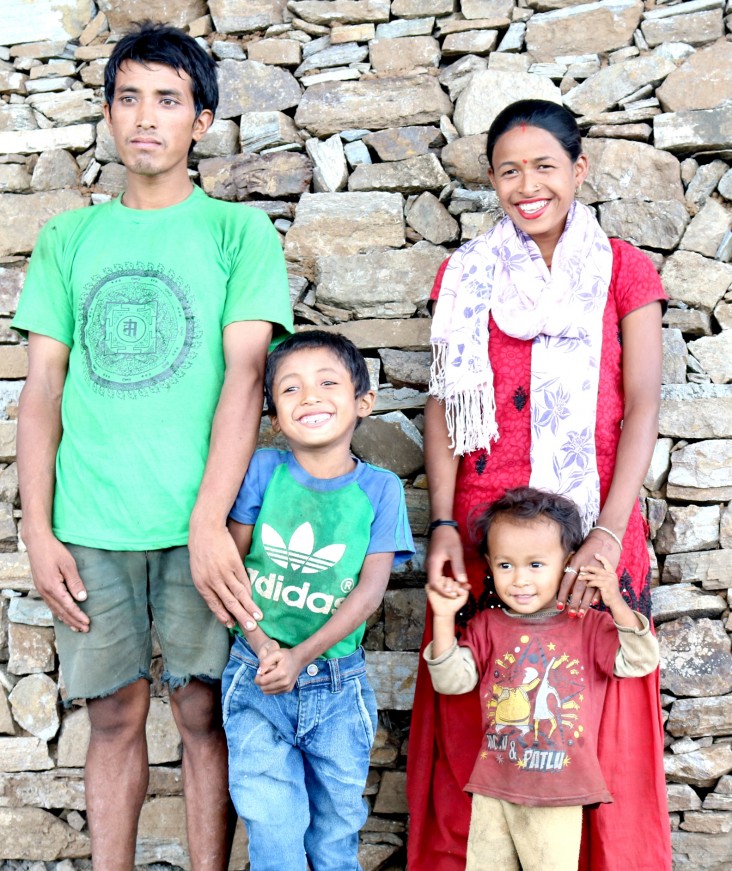Speeches Shim

August 2018 — Rita Bishwakarma, a mother of two sons, both under 5 years old, is from Udayapur district in eastern Nepal. She used to worry about the health of her sons, especially her youngest — Sudip. At only 8 months old, Sudip was frequently ill. He suffered from regular bouts of diarrhea and vomiting and had little appetite.
“Before being part of [the program], I did not give enough time for breastfeeding and did not know much about complementary feeding,” said Bishwakarma.
In Nepal, 36 percent of children under 5 years old — 1 million children — suffer from chronic malnutrition, and 10 percent suffer from acute malnutrition. Children who are malnourished are at risk of dying from common illnesses, as the condition can increase the severity of infections and delay recovery.
Through a USAID-supported food security and nutrition program, in 2017, Bishwakarma learned best practices for raising two healthy sons, such as the importance of breastfeeding, complementary feeding, and good hygiene for nutrition. She learned how to create a home garden with nutritious crops and how to hygienically care for chickens, which means preventing the children from playing in the chicken coops. Bishwakarma also received a seasonal seed pack from the program so she could start her own home garden.
Bishwakarma now grows a variety of nutrient-rich vegetables at home — including broccoli, spinach, beans and carrots — and built her own chicken coop. She uses the vegetables from her garden to cook balanced meals for her family, including rice, pulses, eggs or meat, and vegetables or fruit in every meal. She also breastfeeds Sudip more often and complements breastfeeding with nutrition-rich foods.
“I have changed my feeding habits and have been breastfeeding 10 to 12 times a day as well as feeding nutritious, balanced food to both my children. My husband and other family members are also very supportive,” says Bishwakarma. “I have noticed that, after giving extra attention to hygiene and sanitation at home, breastfeeding and feeding complementary food to my children, they have gradually gained weight and incidence of illness has decreased.”
To address the food security and nutrition needs of poor families in Nepal, USAID’s Office of Food for Peace partners with Save the Children (link is external) to teach families ways to maintain good health and nutrition, and to introduce new technologies that help improve vegetable gardens and poultry rearing. The partnership has improved access to agricultural services, strengthened and diversified livelihoods, and raised maternal and child health and nutrition awareness of nearly 260,000 people in 11 districts of central and eastern Nepal since 2015.
LINKS
Follow @USAIDFFP (link is external), @USAIDNepal (link is external), on Facebook (link is external), on YouTube (link is external), on Flickr (link is external)

Comment
Make a general inquiry or suggest an improvement.